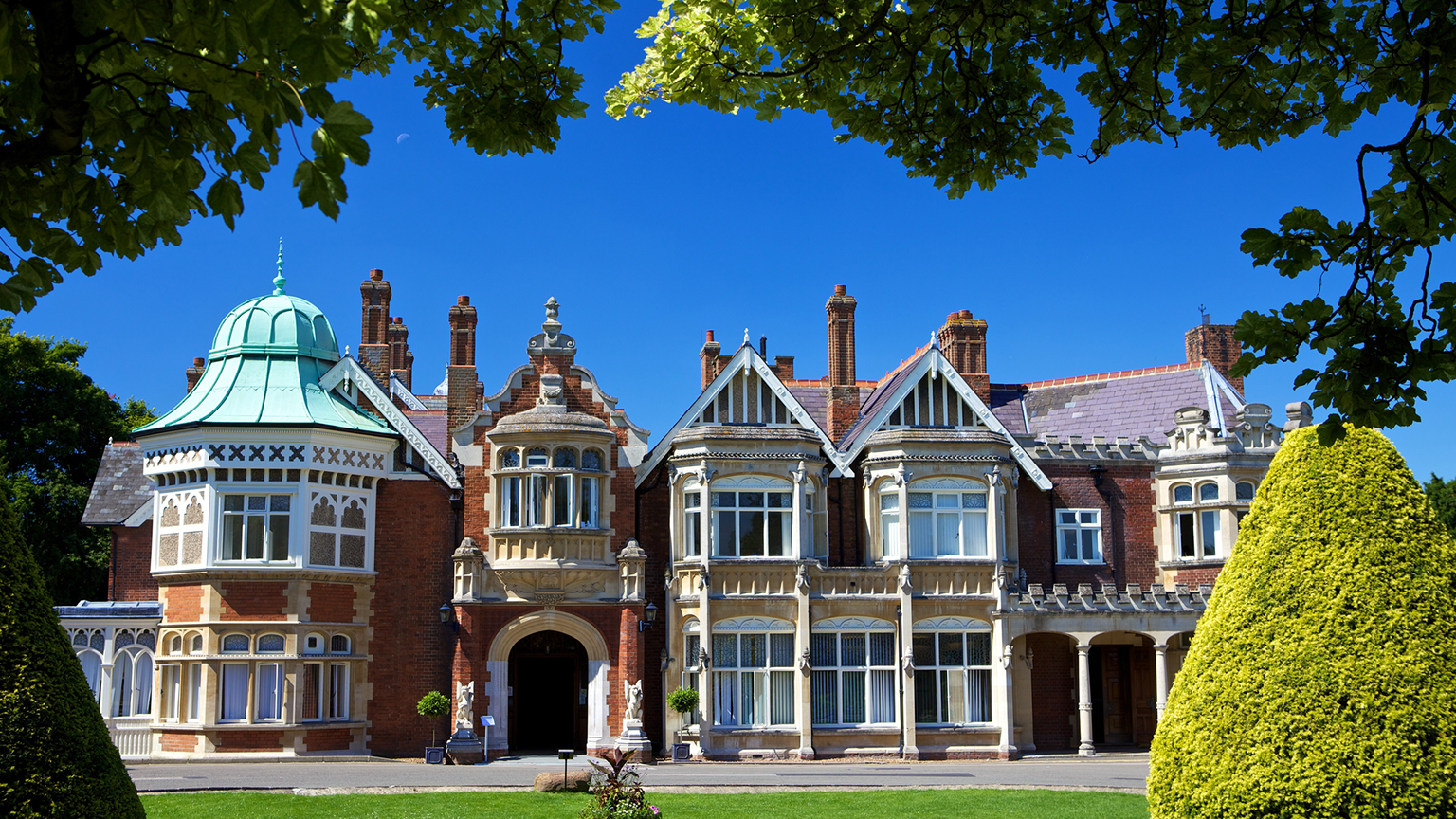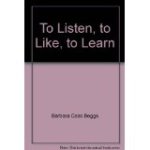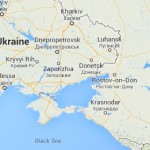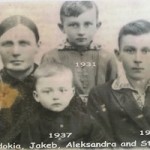As the German Army began invading Poland on Sept. 1, 1939, the Polish codebreakers prepared to vacate Warsaw. They were careful to take with them or destroy all evidence of their years of success in reading German military messages sent by the Enigma cypher device (see my blog, “The Evolution of Enigma,” May 16, 2018).
Two weeks later the Poles entered Rumania, took a train to Bucharest and contacted the French Embassy. By the beginning of October, they were safe in a French chateau about 25 miles northeast of Paris, along with two replica Enigma machines they had smuggled out of Poland. By now, however, the principal effort to decode Enigma was shifting across the English Channel to a country manor in Buckinghamshire, 50 miles northwest of London.
Bletchley Park, an ornate stone edifice set on 58 acres of private land, had become the new home of the British Government Code & Cypher School (GC&CS). Bletchley was considered a much safer wartime location than the school’s previous home in London.
The estate sat almost equidistant on the rail line between Oxford and Cambridge, the universities whose faculty members and top students would supply much of Britain’s codebreaking brainpower. To ramp up its efforts, the GC&CS had begun recruiting linguists, chess champions, cryptic crossword puzzlers, and mathematicians; people with skills uniquely suited to cryptanalysis.
Early efforts to read the German signals were fruitless, owing to the changes in coding procedures introduced prior to Germany’s Polish invasion. In early 1940, one of Britain’s top codebreakers, mathematician Alan Turing, visited his Polish cohorts in France and gained several key insights, including the wiring scheme for the German military Enigma. Within months of his return to Bletchley, Turing devised his initial electromechanical computing machine, which he called a “bombe.” His device helped defeat some of the new German cyphering practices..
By transmitting only once, instead of twice, the three-letter setting used to encode an Enigma message (see March 16 blog), the Germans had made it much more difficult for British codebreakers to work out the correct setting in a timely manner. Touring’s machine, however, sped up the process by quickly eliminating most of the unlikely three-letter sets.
By mid-1940 Bletchley cryptanalysts were reading the German Army and Air Force signals within days, or even hours, of receiving the coded messages. It helped that both services continued to use the same five wheels they had been using for years to make up the three-wheel combinations for their Enigma transmissions. The internal wiring of these five wheels had long-since been worked out by the Poles.
But the Naval Enigma signals remained a mystery. Instead of five wheels from which to choose, the Navy added three more individual wheels, greatly complicating Britain’s codebreaking efforts. Even more complicated was the way in which the Navy identified the three-letter settings (called “trigrams”) for encoding messages,
The process used a pre-determined list of three-letter indicators. The message sender chose one of these trigrams to encode the message and a second “dummy” trigram. The two trigrams, plus two random letters, were used to construct four two-letter “bigrams.” The sender then consulted a bigram table that showed a conversion for every possible bigram into a second, unrelated bigram. These eight letters were then sent by Morse code at the beginning of the message along with the enciphered message.
By the end of 1939, Turing believed he understood how this system worked to identify the trigram for each encoded naval message. But understanding the system did not allow him to read Navy Enigma signals without a copy of the bigram table.
By the summer of 1940, an enhanced version of Turing’s bombe was being built. If they had enough plain-text German Naval messages along with their encryptions (what cryptanalysts termed a “crib”), the “super bombe” could break the Naval Enigma. But it was a classic conundrum: without cribs they could not break Enigma messages, yet without breaking Enigma messages they could not obtain cribs.
There was, however, one other possibility, as we will see in our next blog.





